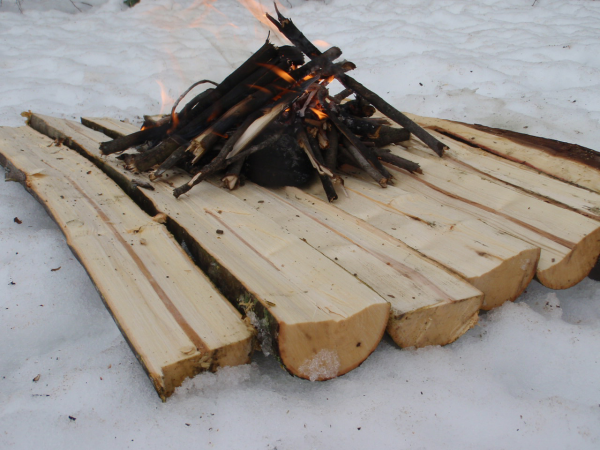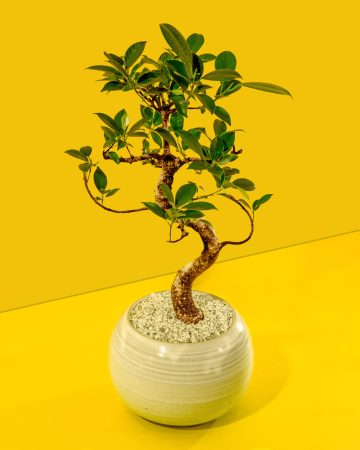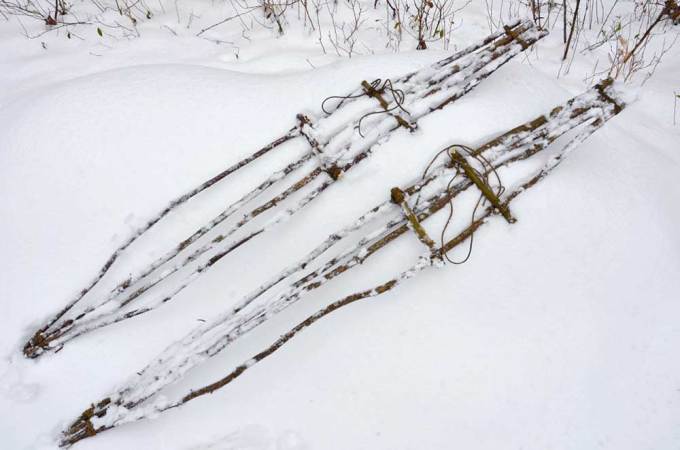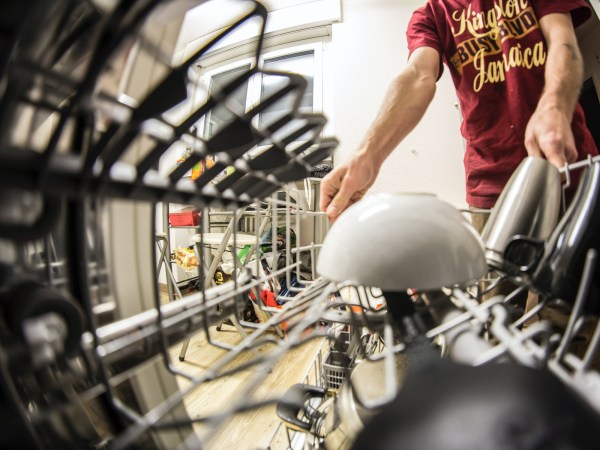

With everything going on in the world, 2021 was the year when many of us became fully responsible and successful plant parents. But before we reached that level of enlightenment, we had to endure a long and confusing learning process, aided by real-time feedback from our plants—the real heroes in this endeavor.
So we salute the beginner-friendly pothos, survivors even after we forgot to water them for two weeks. We pay our respects to succulents—low-maintenance, resilient, and incredibly cute. We bow to philodendrons, growing leaves galore despite the most negligent of cares.
If this is the year you finally sail off on your own plant-parenthood journey, let us (and our plants) bequeath you some knowledge.
How to collect native plant seeds
Listen, you don’t have to hit your local nursery or splurge your hard-earned coin on the latest plant-Tok trend. You can start your own garden of native plants by harvesting seeds from the greenery that’s already thriving throughout your neighborhood.
[Related: After 50 years, botanists finally identified this Amazonian plant]
The gathering process is often simple, fast, and requires little to no tools or materials. But you should know what you’re doing, acknowledge the long tradition you’re partaking in, and understand the effect you’re having on your local ecosystem.
Beyond that, native plants are easy to take care of and are an excellent choice if you want to revitalize the soil in your garden.
What killed your carnivorous plants
Maybe you skipped the whole pothos stage of plarenting and went straight to taking care of exotic species, only to find frustration and death—your plant’s, not yours.
Our plant columnist Ellen Airhart knows that feeling well and shared her experience trying to revive a shriveling Pinguicula and Sarracenia. Spoiler alert: she failed. But her failure may very well be the lesson you need to prevent your precious carnivorous greens from wilting.
How to make sure your plants love the soil they’re in
Most people focus on light and water and totally forget about the importance of soil in your green baby’s development.
It’s simple: the dirt your plant lives in provides necessary nutrients for growth. If you’re not willing to drink a latte because it’s made with the wrong milk, your plant may also not like the food you’re serving. Although its version of asking the barista to make the drink again is just straight-up dying.
Save yourself some trouble and buy some potting mix made with your plant’s species in mind. If you have a succulent, opt for fast-draining soil or a growing medium made especially for cacti. It’s worth it to get familiar with products such as perlite, lecca, or sphagnum moss, and how they (or a combination of them) can help your leafy child thrive.
Give your garden the best chance at survival with our handy soil guide.
How to ship your beloved houseplants across the country
If 2021 was the year you tried working from anywhere, or you simply decided it was time to fulfill your dream of living by the sea, you probably asked yourself one question: how do I pack up my plants?
Well, we’ve got the answer. It’s all about choosing the right packing materials, avoiding the wrong ones, and giving your greenies some extra tender, loving care when they’re at their final destination.
Don’t be surprised if some don’t make the trip. Plants don’t like change and movers sometimes are not as delicate as we’d like them to be. But giving your plants the best head start will up your chances of reuniting the family safe and sound in your new abode.
How to prevent your plants from killing your pets
Some plants are toxic for cats and dogs. It’s a defense mechanism—they cannot escape or bite back, so they use chemical compounds to hurt predators. Simple as that.
But if you have a whole aesthetic going on at your place, we found four non-toxic plants that are great alternatives for classic house greenery. That way, you can get rid of that potted pet poison and replace it with something that won’t end in a trip to the vet.
And if you have to say goodbye to some of your leafy children, don’t leave them on the curb—make sure to find them a good and loving home.
How to plant a garden (or lawn) that helps the planet
Giving back to the environment and your community can be as easy as selecting carbon-sequestering plants for your garden.
If you don’t know where to start, we have a guide for you on what species to get, how native plants will work better, and what fertilizer is actually not terrible for the Earth.
Another way to extend a helping hand to the environment is to entirely rip up your lawn. (We’ll grant you a minute to recover.) Although they are a suburban classic, perfectly manicured lawns are terrible for the planet—they require a lot of upkeep, need a substantial amount of water to survive, and take up tons of space that could be used by pollinator-friendly flora.
If you’re tired of mowing, here’s how to start and what to plant for the best results.
How to grow, harvest, preserve, and use aloe vera
Aloe vera is a great plant to have around. It’s beautiful and low-maintenance, and its medicinal properties—from helping with digestion to healing burns—can even make it a part of your emergency kit.
[Related: Plant pandemics are on the rise, and we need a plan to stop them]
Whether you buy it or propagate it, caring for aloe is easy, as it’s getting all of its benefits. This guide will help your aloe thrive, and you with it. Just save a spot in the sun for this long-leafed green and watch it grow.















